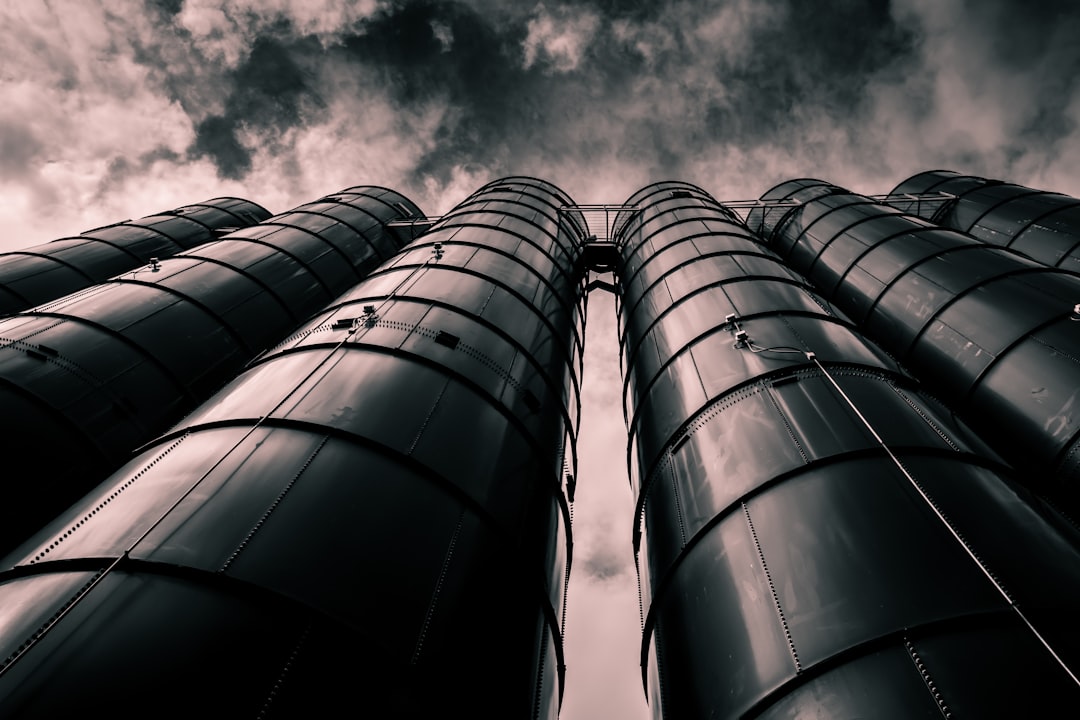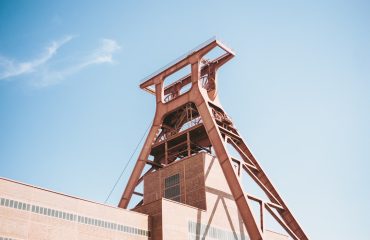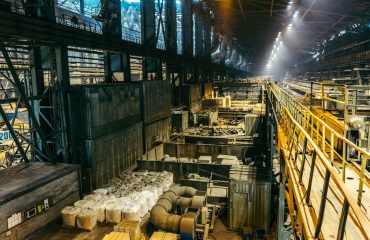Energy projects demand robust and reliable infrastructure. The heart of this infrastructure often lies in the piping systems that transport crucial fluids like oil, gas, steam, and water. Selecting the wrong pipe can lead to costly repairs, downtime, environmental hazards, and even catastrophic failures. This comprehensive guide will navigate you through the crucial considerations for choosing the right pipe for your energy project, ensuring efficiency, safety, and longevity.
1. Material Selection: The Foundation of Pipeline Integrity
The choice of pipe material is paramount, dictated by the fluid being transported, the operating pressure and temperature, and the environmental conditions. Common materials include:
- Steel: A workhorse in the energy industry, offering high strength and durability. Carbon steel is cost-effective but susceptible to corrosion. Stainless steel provides superior corrosion resistance, justifying its higher cost in specific applications like handling corrosive chemicals or seawater.
- Cast Iron: Used for lower-pressure applications, cast iron offers good corrosion resistance but is brittle and prone to cracking under stress.
- Ductile Iron: An improvement over cast iron, ductile iron offers greater strength and ductility, making it suitable for higher-pressure applications.
- Plastic Pipes (PVC, HDPE, etc.): Lightweight and corrosion-resistant, plastic pipes are ideal for non-high-pressure applications, often used for water distribution or chemical drainage within energy facilities. However, they have limitations regarding temperature and pressure tolerance.
- Copper: Excellent corrosion resistance and thermal conductivity make copper suitable for specific applications, though it’s generally more expensive than other options.
Careful consideration of the chemical compatibility of the pipe material with the transported fluid is crucial. Incorrect material selection can lead to corrosion, leaks, and contamination.
2. Pressure Ratings and Safety Factors: Ensuring Operational Integrity
Pipelines operate under varying pressures, and selecting a pipe with an inadequate pressure rating can result in catastrophic failures. Pressure ratings are typically expressed in pounds per square inch (PSI) or bars. It’s critical to select a pipe with a pressure rating significantly higher than the anticipated maximum operating pressure. A safety factor is usually incorporated to account for unforeseen pressure surges, temperature fluctuations, and material degradation over time. This safety factor ensures a significant margin of safety, preventing failures and ensuring the long-term integrity of the pipeline.
Industry standards and regulations provide guidance on appropriate safety factors for different applications and materials. Consulting these standards and engaging experienced engineers is crucial for accurate pressure rating calculations.
3. Diameter Calculations and Flow Rate Optimization: Maximizing Efficiency
The pipe diameter directly impacts the flow rate of the transported fluid. An undersized pipe can lead to excessive pressure drops, reduced efficiency, and increased energy consumption. Conversely, an oversized pipe may be unnecessarily expensive and may not be structurally suitable for the intended pressure.
Accurate diameter calculations require considering factors like fluid viscosity, desired flow rate, and allowable pressure drop. Specialized software and engineering expertise are often employed to perform these calculations, ensuring optimal pipe sizing for efficient fluid transport.
4. Joint Selection and Leak Prevention: Maintaining System Integrity
The method of joining pipe sections significantly impacts the overall integrity of the pipeline. Various joining methods exist, each with its advantages and disadvantages:
- Welding: Provides a strong and permanent joint, suitable for high-pressure applications. However, it requires skilled welders and rigorous quality control.
- Flanged Joints: Allow for easier disassembly and maintenance but may be prone to leaks if not properly sealed.
- Threaded Joints: Suitable for lower-pressure applications, but threading can weaken the pipe and may lead to leaks if not properly tightened.
- Couplings: Offer a quick and easy joining method, particularly for plastic pipes.
Leak prevention is paramount. Regular inspection, pressure testing, and the use of appropriate sealing materials are crucial for maintaining system integrity and preventing environmental damage.
5. Environmental Considerations and Regulatory Compliance: Responsible Energy Development
Energy projects must adhere to stringent environmental regulations and safety standards. Pipe selection plays a significant role in environmental protection. For example, choosing corrosion-resistant materials minimizes the risk of leaks and subsequent environmental contamination. The selection process must also consider potential impacts on local ecosystems during construction and operation. Compliance with relevant environmental regulations is mandatory and must be meticulously addressed throughout the project lifecycle.
Understanding and adhering to local, national, and international regulations are crucial for responsible energy development and minimizing environmental impact. Engaging environmental consultants and obtaining necessary permits are essential steps in this process.
Choosing the right pipe is a multifaceted decision requiring careful consideration of numerous factors. By carefully evaluating material properties, pressure ratings, flow rate requirements, jointing methods, and environmental considerations, energy projects can ensure the safety, efficiency, and longevity of their pipeline infrastructure. Engaging experienced engineers and adhering to industry best practices are crucial for making informed decisions and mitigating potential risks.
SEO Tags:
- Energy pipeline
- Pipe selection
- Pipeline materials
- Pressure rating pipes
- Energy project piping




